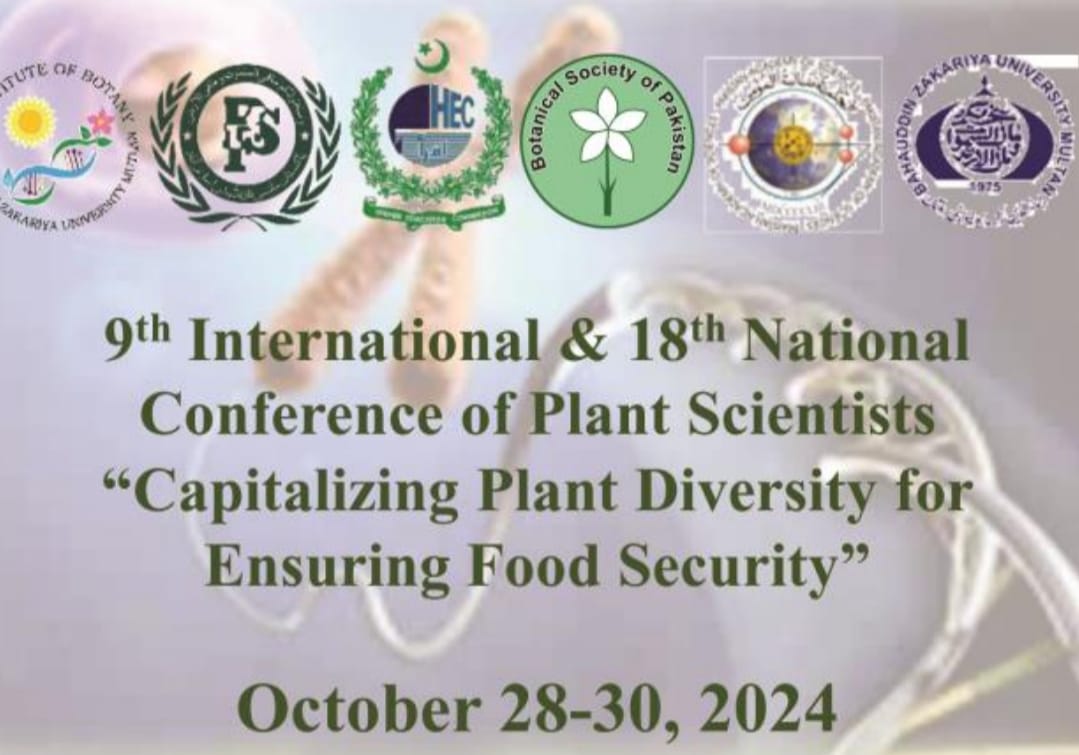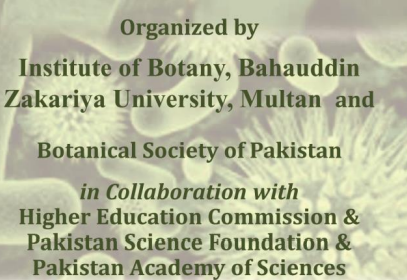-
-
-
-
-
-
-
-
-
-
-
-
-
-
-
-
-
-
-
-
-
-
-
-
-
-
-
-
-
-
-
-
-
-
-
-
-
-
ASAD HUSSAIN SHAH1, SYED DILNAWAZ AHMAD1, ISHTIAQUE KHALIQ2, FARHAT BATOOL3, LUTFUL HASSAN1 AND STEPHEN R. PEARCE2
EVALUATION OF PHYLOGENETIC RELATIONSHIP AMONG SEA BUCKTHORN (HIPPOPHAE RHAMNOIDES L SPP. TURKESTANICA) WILD ECOTYPES FROM PAKISTAN USING AMPLIFIED FRAGMENT LENGTH POLYMORPHISM (AFLP)
Download PDF
-
-
-
-
-
-
-
-
-
-
-
-
-
-
-
-
-
-
-
-
-
-
-


